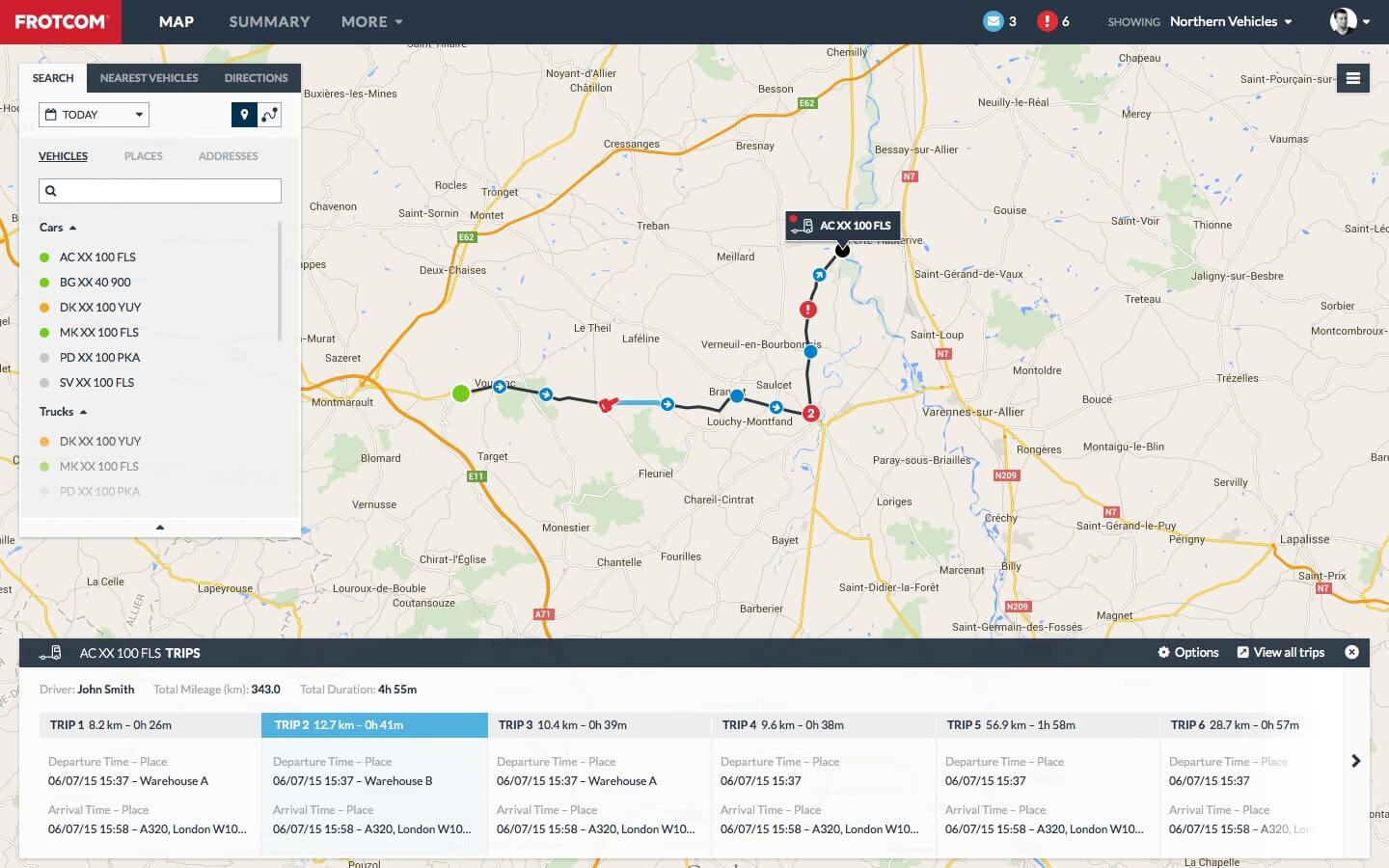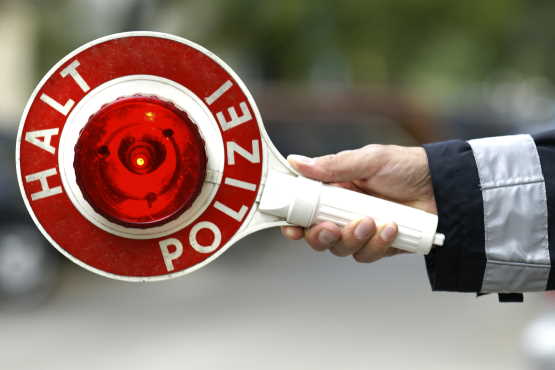Driving time regulations exist worldwide to promote road safety, fair competition, and better working conditions in the transport industry. In regions like Europe, Regulation (EC) 561/2006 and the EU Mobility Package I define rules for maximum driving hours and mandatory rest periods for freight and passenger transport. Similar frameworks apply in other regions, such as the HOS (Hours of Service) regulations in the United States and Canada or national driving time laws across Latin America, including Brazil, Mexico, Peru, and Argentina, where authorities may mandate specific rest schedules and tachograph usage.
The main objectives of these rules are:
- driver safety,
- reduce fatigue-related accidents,
- promote environmentally conscious driving practices,
- support responsible fleet management.
However, it's important to note that these driving rules may be subject to certain exceptions and national derogations.
If you operate a long-haul transport fleet traveling in Europe, your company must ensure full compliance with these provisions. While tachographs help drivers track their hours, fleet managers must calculate available driving time and assign new services accordingly. Miscalculations can lead to serious compliance violations and costly fines or leave vehicles idling unnecessarily.
Frotcom’s fleet compliance tools help companies monitor and manage driving and rest times, ensuring compliance with international and local legislation.
To support this, Frotcom provides features that allow you to monitor driver availability in real time, plan compliant routes and schedules, automatically record driving activities, and access tachograph data remotely without interrupting operations. Together, these features streamline compliance, reduce the risk of penalties, and ensure your fleet operates safely and efficiently.
For more information, download our White Paper “7 Tips to simplify driving times monitoring”.




